“Hearing a piece of music that hasn’t spoken in 300 years is really exciting”
Gwyn Roberts
Those Magic Moments
Some of the best times in Tempesta’s 20 years of history were those magic moments when the group launched premiers of something new in modern times. So it was a no-brainer for Tempesta di Mare Artistic Directors Gwyn Roberts and Richard Stone to bring back some of their favorite new things for the Founder’s Choice concerts.
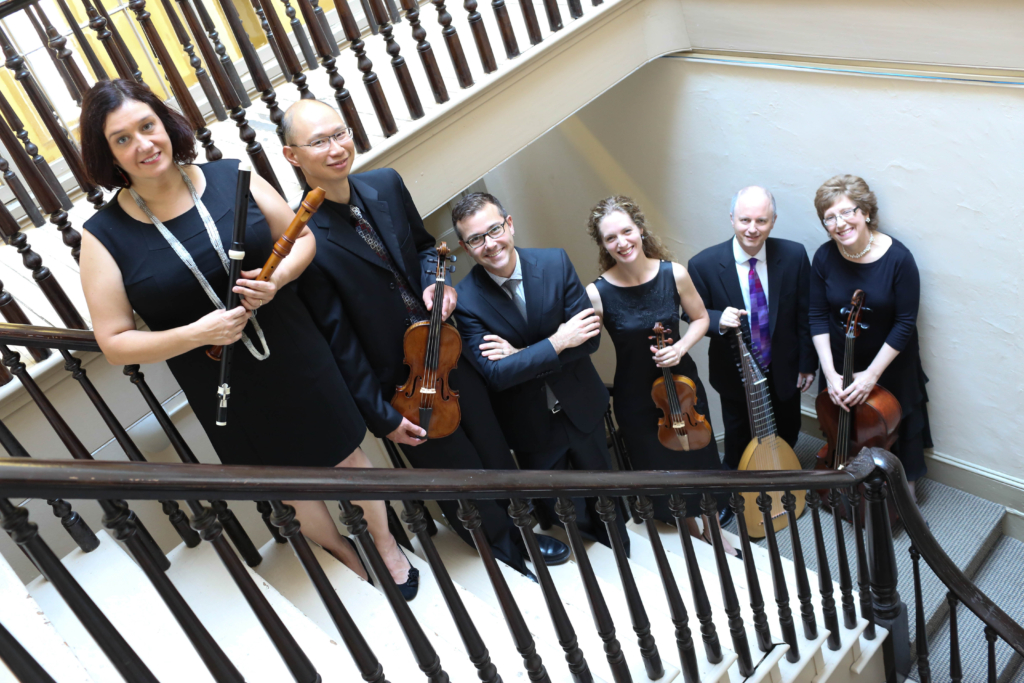
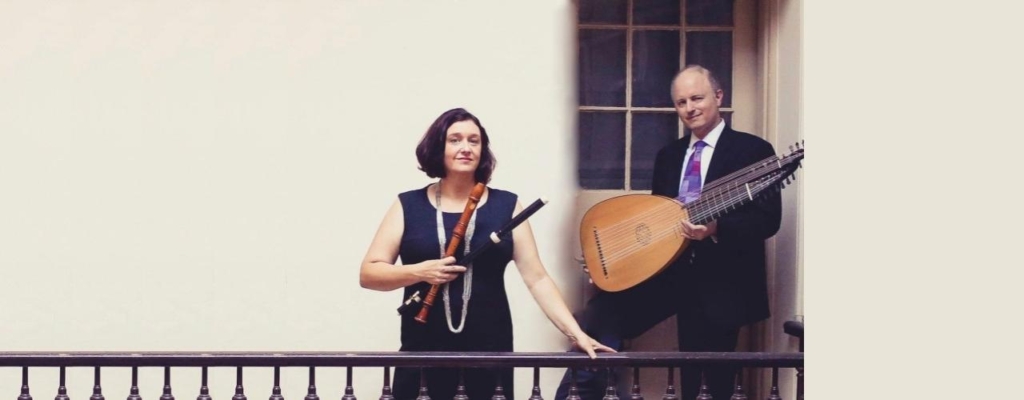
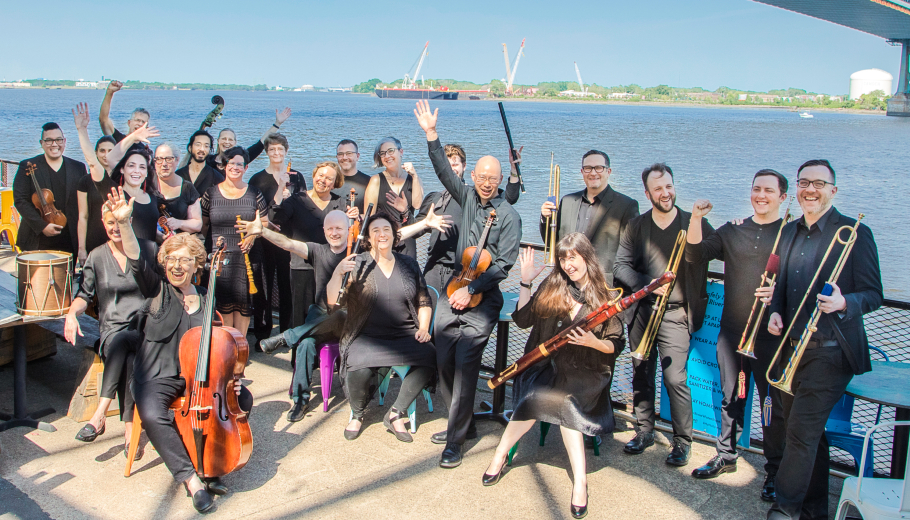
Three concerts are celebrating the group’s 20th-Anniversary (one in January with Tempesta di Mare’s Chamber Players, a duo recital with Gwyn and Richard in February, and in May, the Tempesta di Mare Philadelphia Baroque Orchestra).
Then they added some that are even newer.
Something Old, something new
“The concerts all have a little bit of both,” said Richard in a recent interview he and Gwyn gave on Zoom. “We’re playing things we’ve done before that helped define who we are and our interest in new things, along with things we’ve never performed before.” It’s a portrait of Tempesta at the 20-year mark. Playing new work—and new angles on familiar work—has been and continue to be the group’s hallmark.
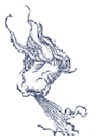
It started out as simple curiosity for Gwyn and Richard. When they were recorder and lute students, respectively, in the ‘80’s, they started looking—as musicians do—for fresh material. What they found was that a significant amount of 17th– and 18th century music was not being played—or even seen—in modern times. They founded their own group to play it.
Over the two decades since, Tempesta has more offered 35 first-in-modern-times premieres on their concert series and recorded many of them on their 12 cds for the British label Chandos Records. They’ve provided editions of their finds for colleagues and are receiving acclaim internationally for their efforts in expanding boundaries of what’s played in baroque music.
They’ve reconstructed lost parts, they’ve decrypted music that had been damaged by war or neglect, they’ve spent innumerable hours poring through microfiche, Soviet-era microfilm, internet music databases, century-old editions, and manuscripts in Berlin, Dresden and most recently, the Kroměříž (Czech Republic) Archdiocesan Museum Archive.
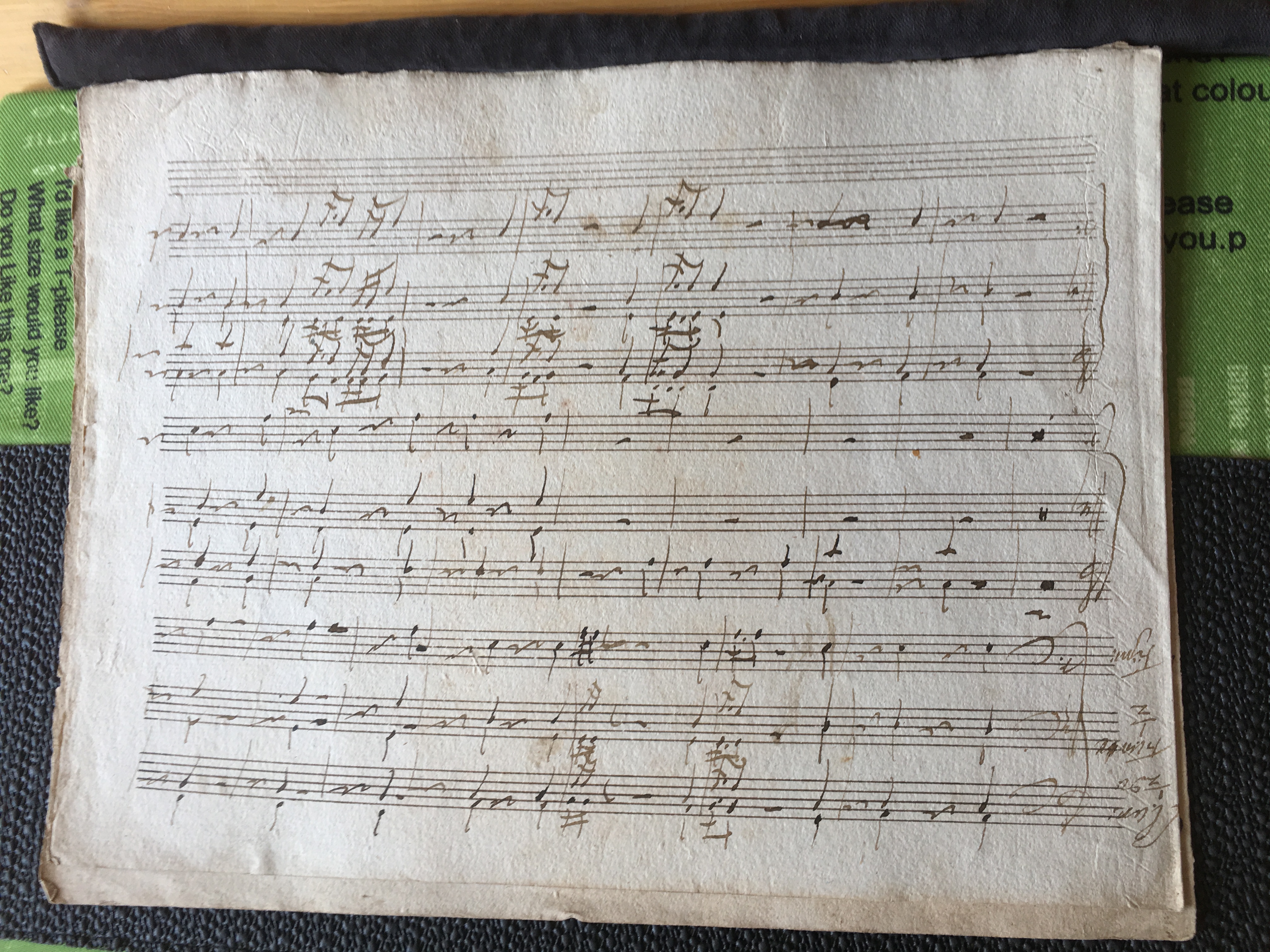
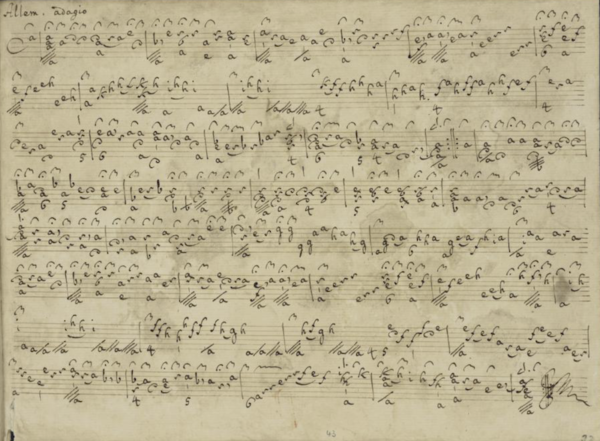
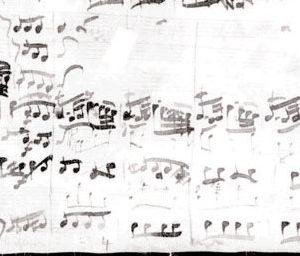
That’s where, in 2019, Richard found the two sonatas by 17-century Moravian composer Philip Jakob Rittler that are on the anniversary chamber program. Along with other Rittler manuscripts, they were whiling away the centuries largely undisturbed in an archive box.
When Richard started looking into Rittler, he was astounded. “I copied out a whole bunch and when I brought them back and started transcribing,” he said. “I just said, wow, this is absolutely jaw-droppingly good music. Why isn’t this guy better known?”
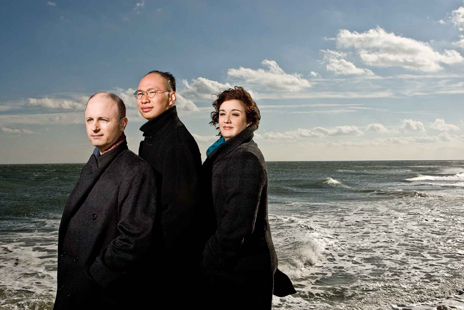
Finding something like that, that’s exciting. It’s exciting for first audiences hearing it, too. But there’s more to it than that motivating Gwyn, Richard, Concertmaster Emlyn Ngai and all the musicians signed on in the Tempesta experience.
It’s also the chance to enter deep into the period’s music and culture, getting a sense of the whole forest of the musicmaking culture and not just a few big-name trees. And to apply that expanded understanding to new music but also to music that is already very well-known indeed.
The Music Whisperer
Music by J. S Bach, for instance. Tempesta will be playing their own version of one of J. S. Bach’s six sonatas for solo organ, # 6 in G, on the anniversary chamber show. In 2014, the group performed and recorded all six organ sonatas with a chamber ensemble of recorder, strings and continuo. Richard had re-arranged the six keyboard pieces into typical baroque multi-instrumental forms, trio sonatas (two, three or four top lines over a bass) and, in #6’s case, a Vivaldi-like concerto. Gwyn credits Richard Stone’s music-whispering gift for providing historically-informed arrangements and reconstructions as being key to much their work. “It’s been a real driving engine in what we do,” she said.
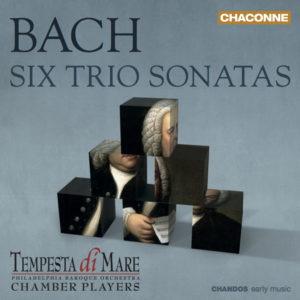
Hearing sonata #6 played by a group of instrumentalists instead of a single person on keyboard is exciting. In Tempesta’s hands, it’s as if the result is Bach but more so. That sense of conversation and call-and-response that Bach put in the keyboard version is all the more palpable when actual people are bouncing music off each other in real time and space. No wonder the Tempesta Bach sonatas are such fan favorites.
“About ten years ago,” said Gwyn, “I had a real revelation, that this music is not only about the composers. It exists beyond just the person who puts the notes on the paper. There are the performers too, there are the tastemakers, there are all the other people who are engaged in this music.”
Following in the Footsteps
“Once you move beyond looking at just the composers,” she continued, “you’re freed up to think of yourselves not as neutral conveyers of the music, but as participants with it. You appreciate the act of interpreting and of growing an ensemble that doesn’t just deliver the notes but has its own voices and approaches to things.”
Which could be a snapshot of Tempesta di Mare, Philadelphia Baroque Orchestra, right now, on the occasion of its 20th-anniversary.
“What’s authentic,” says Gwyn Roberts, “is to make it live.”
Anne Schuster Hunter is a writer, teacher of creative writing, and art historian in Philadelphia. www.anneschusterhunter.com
